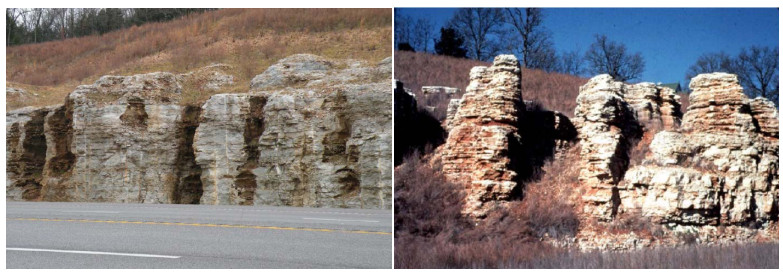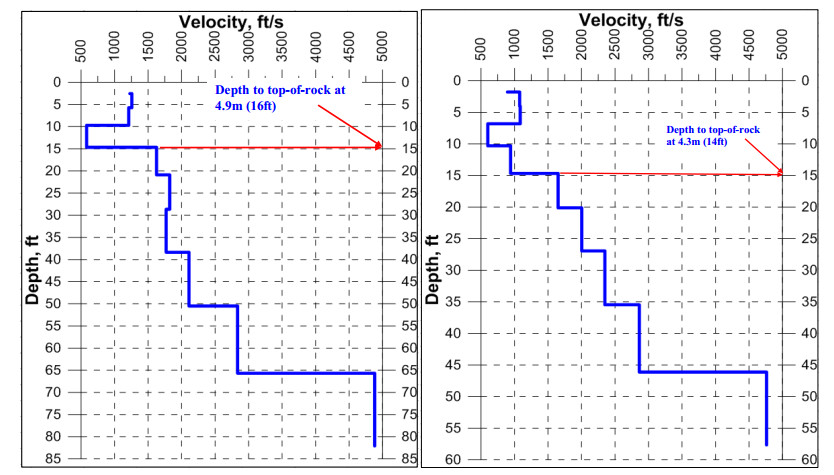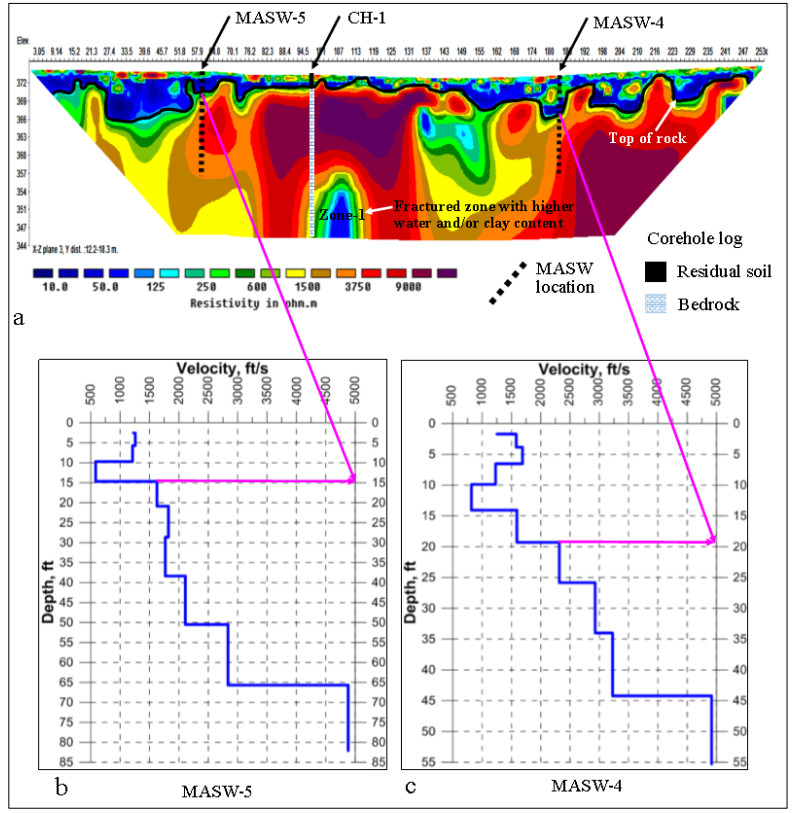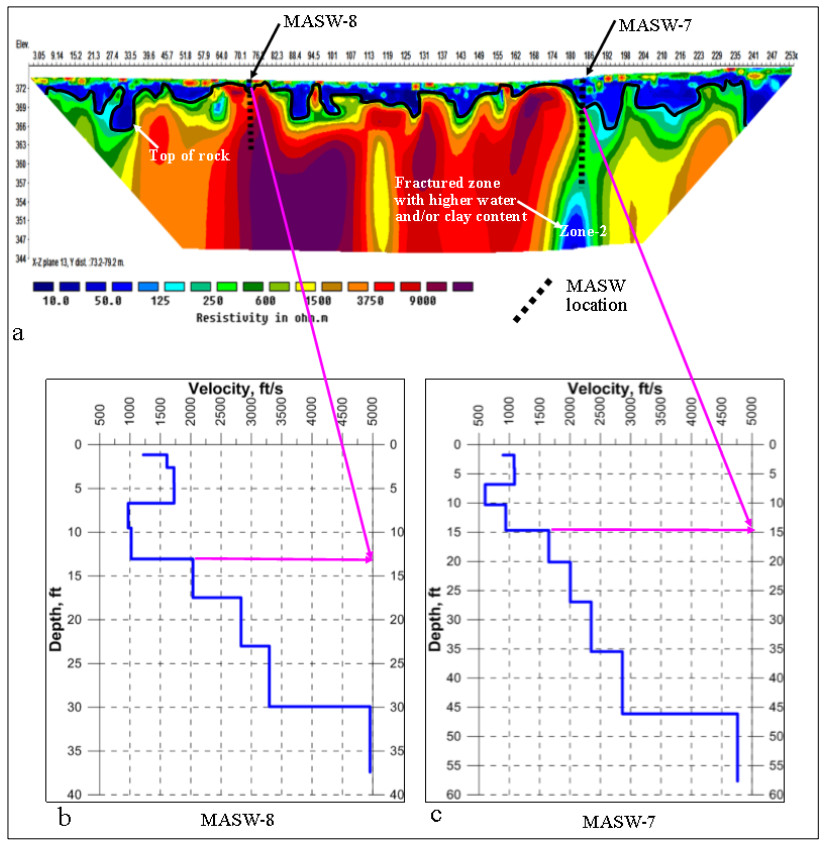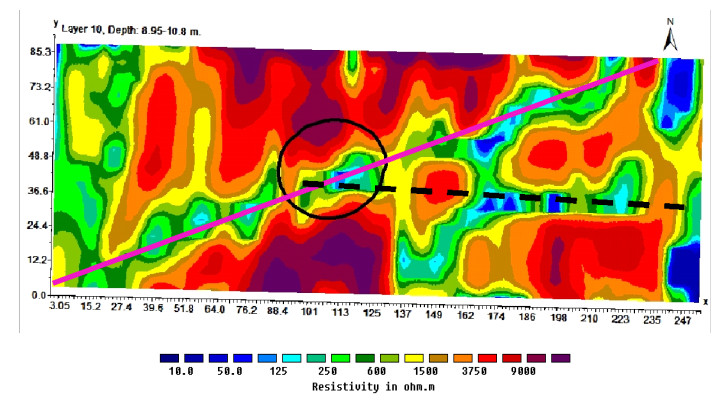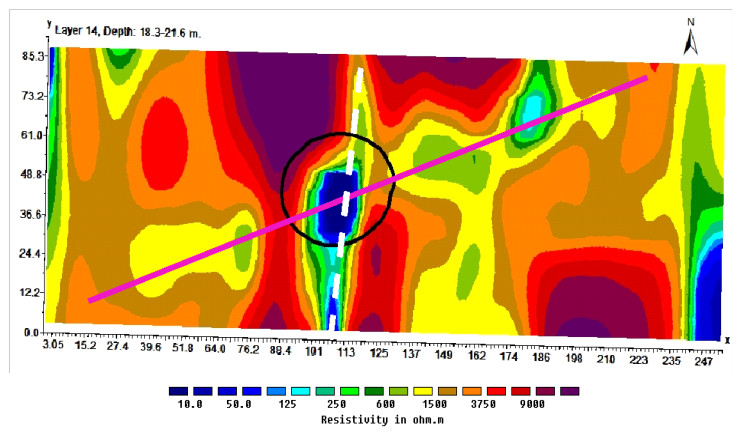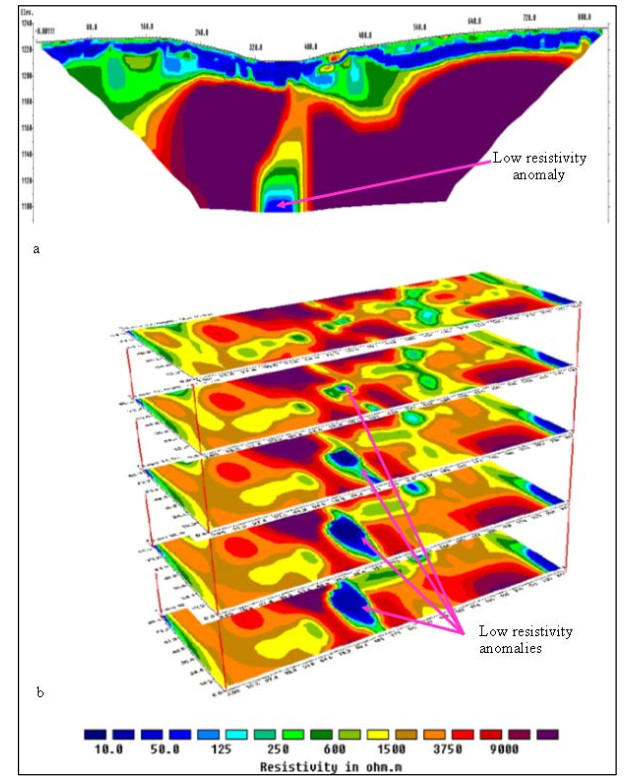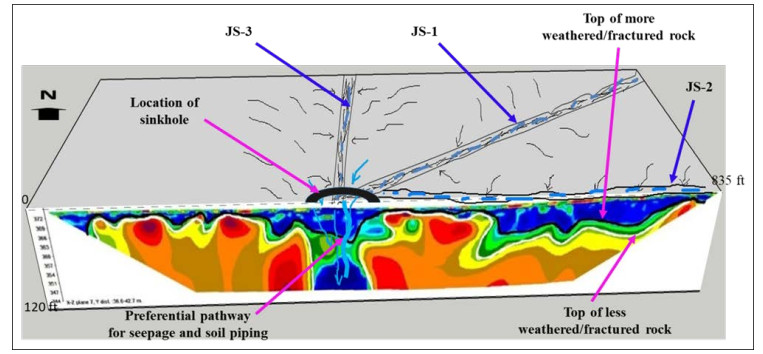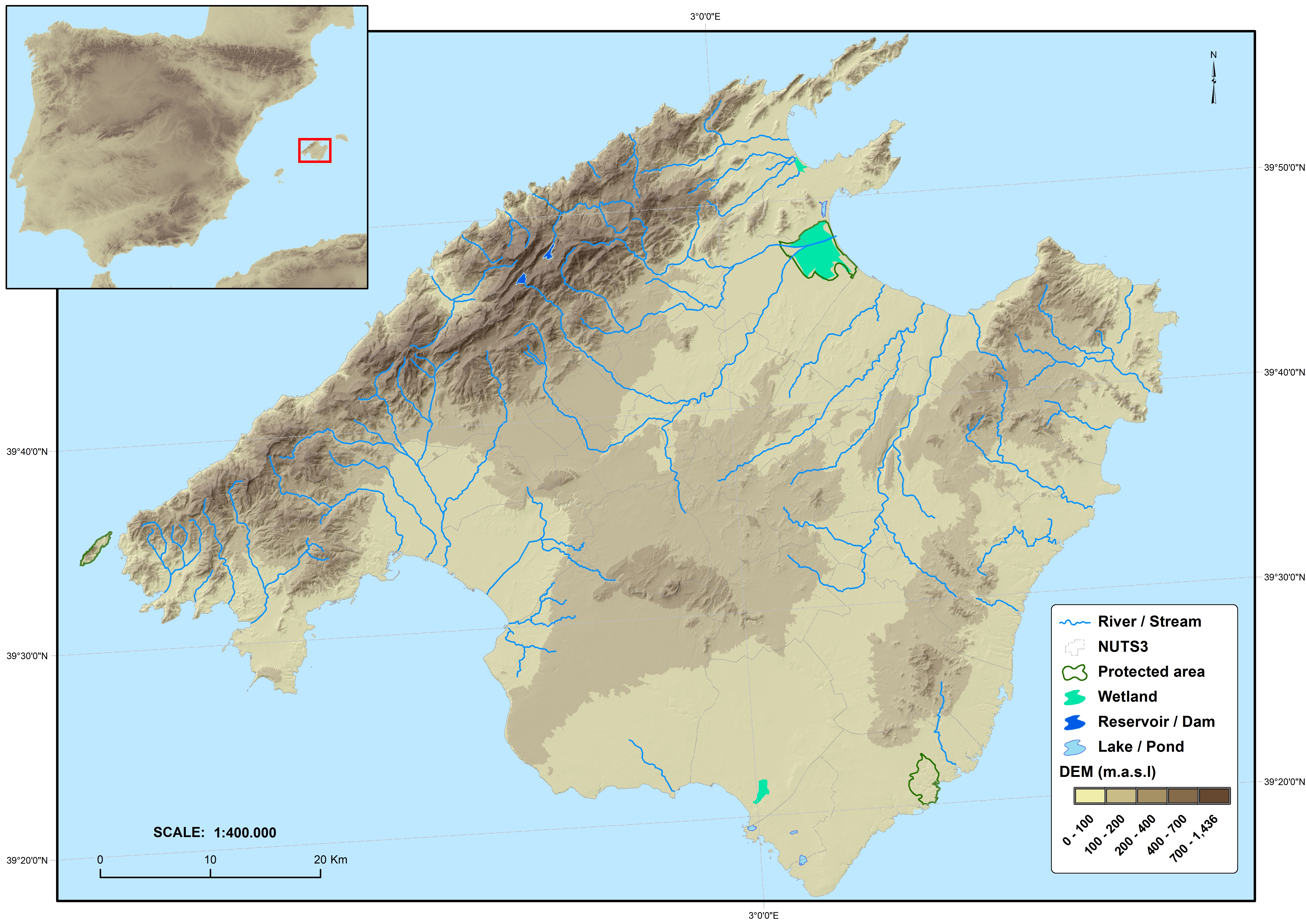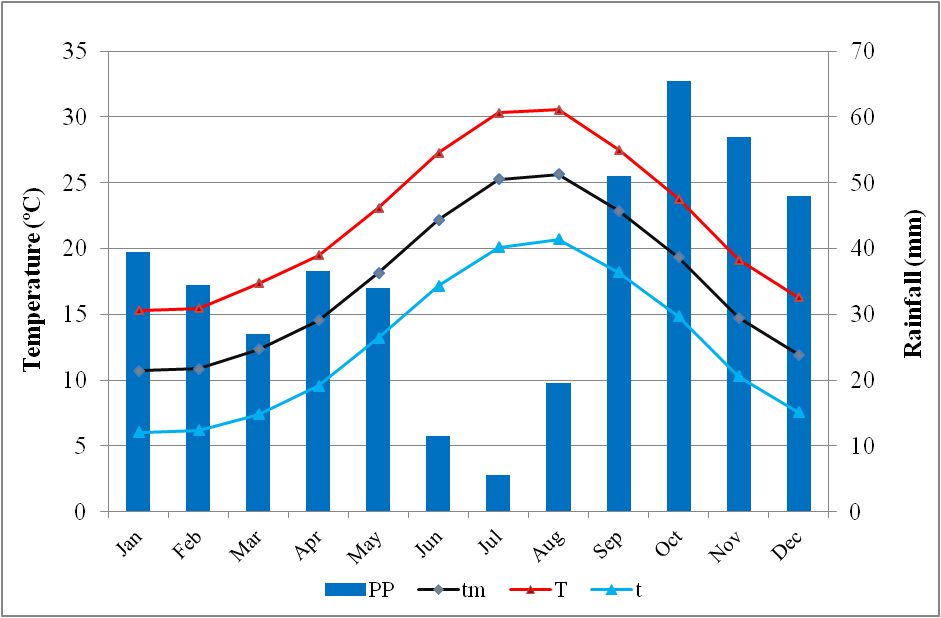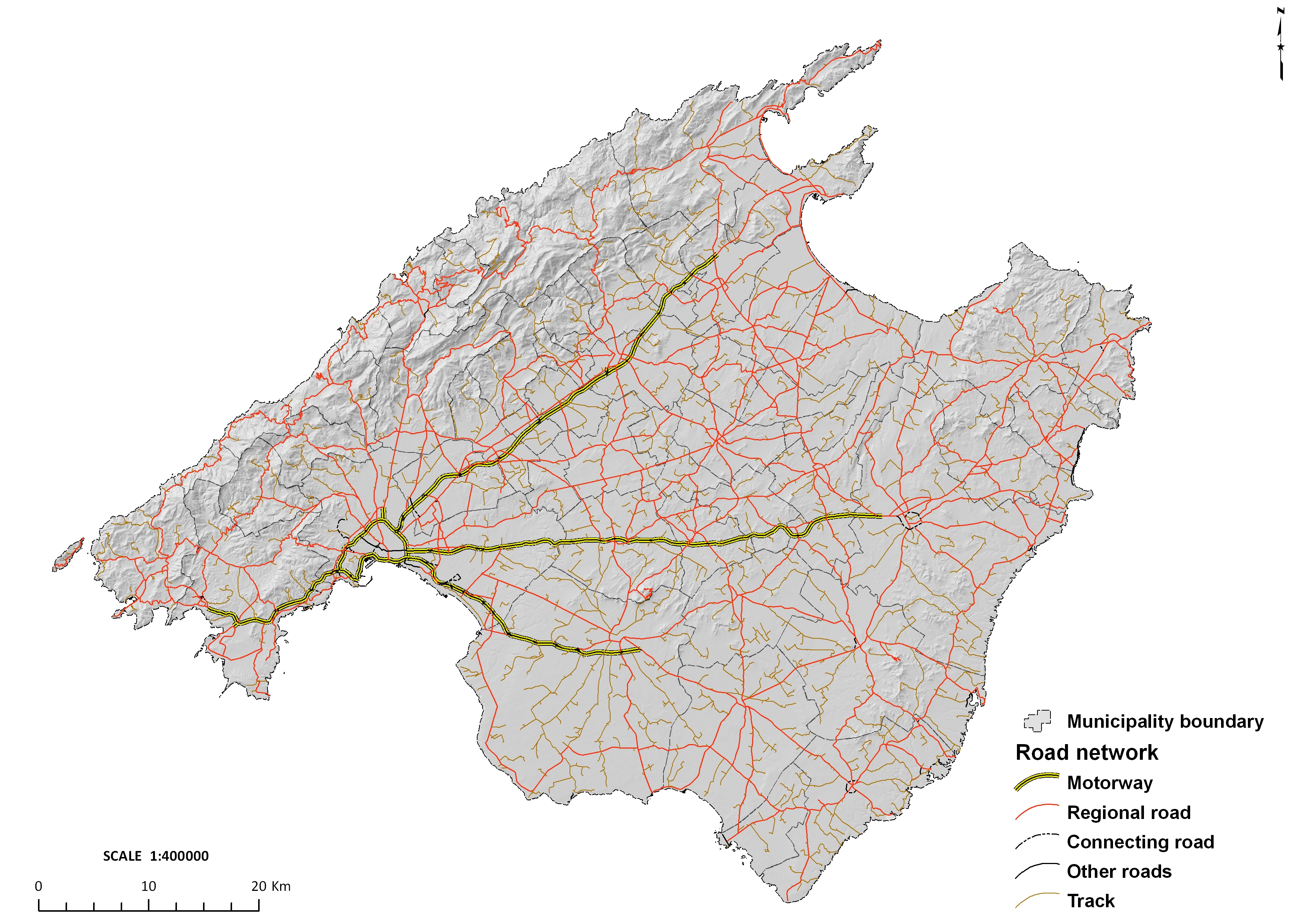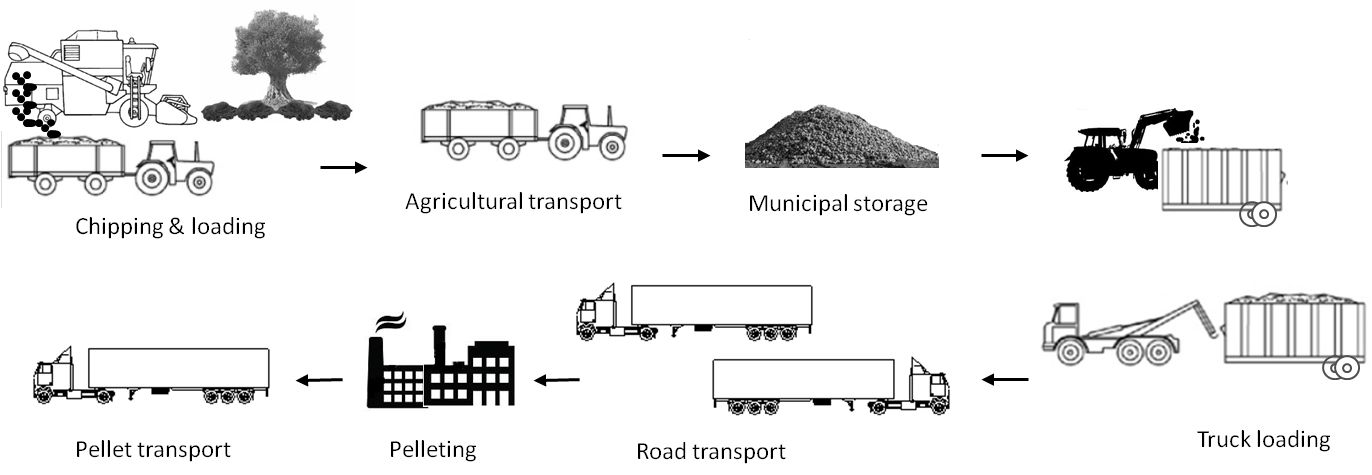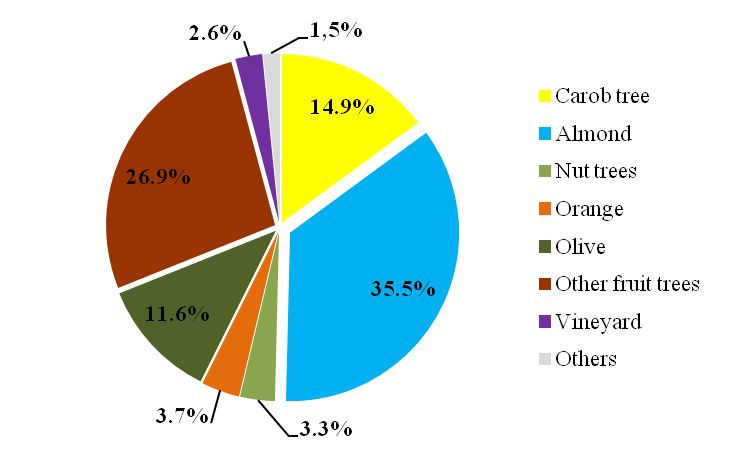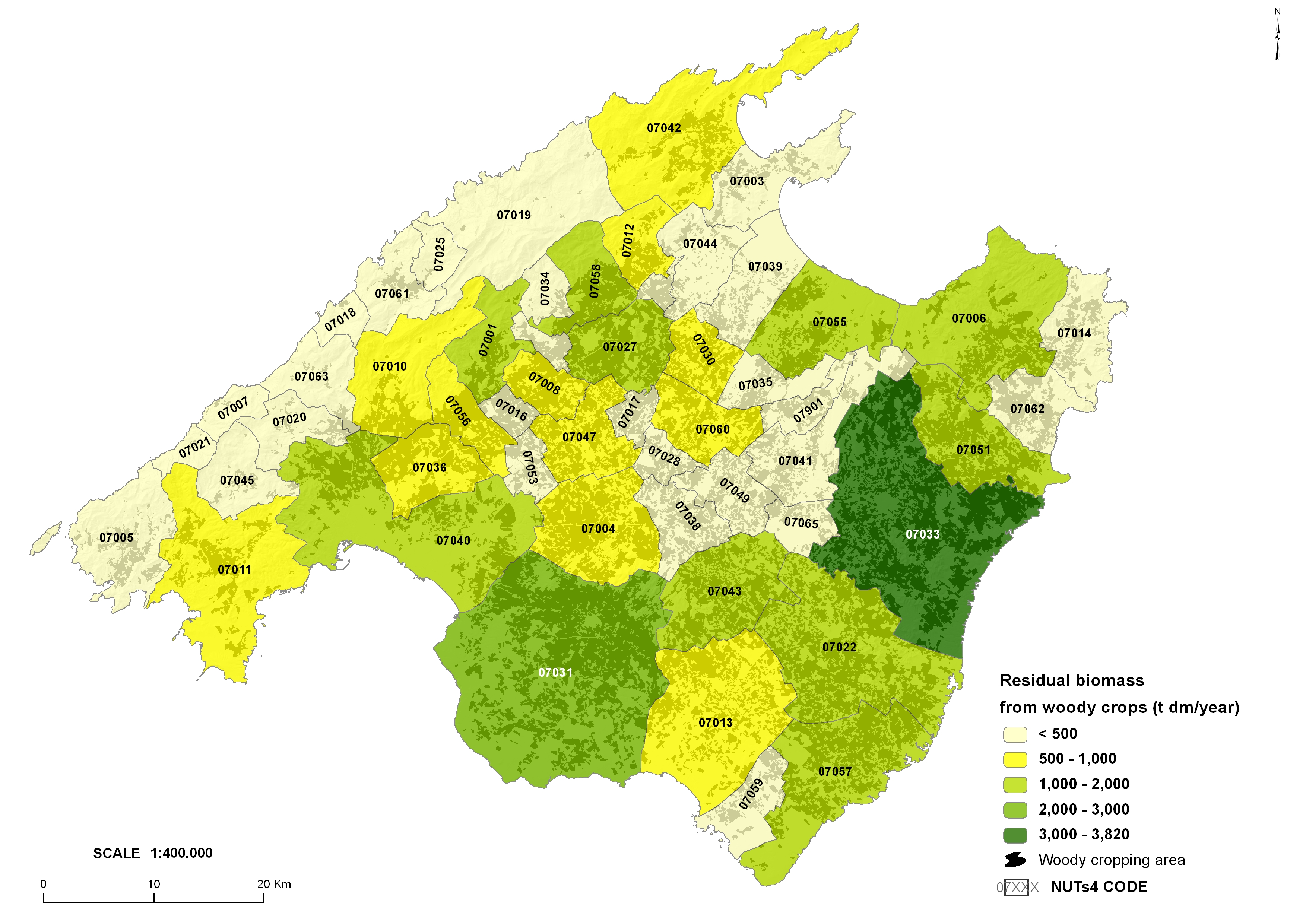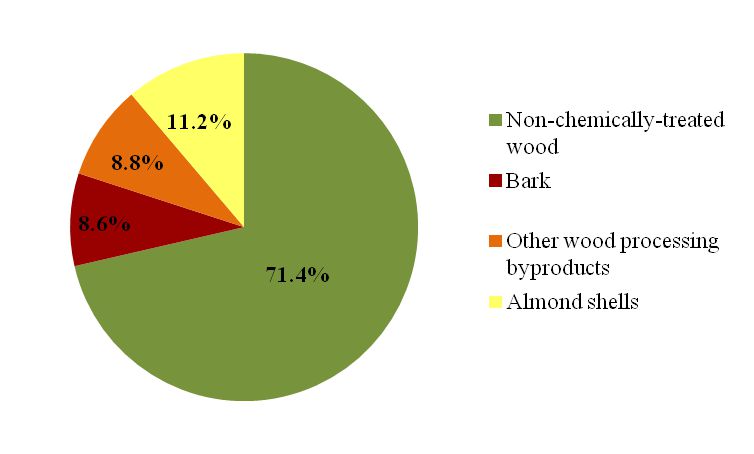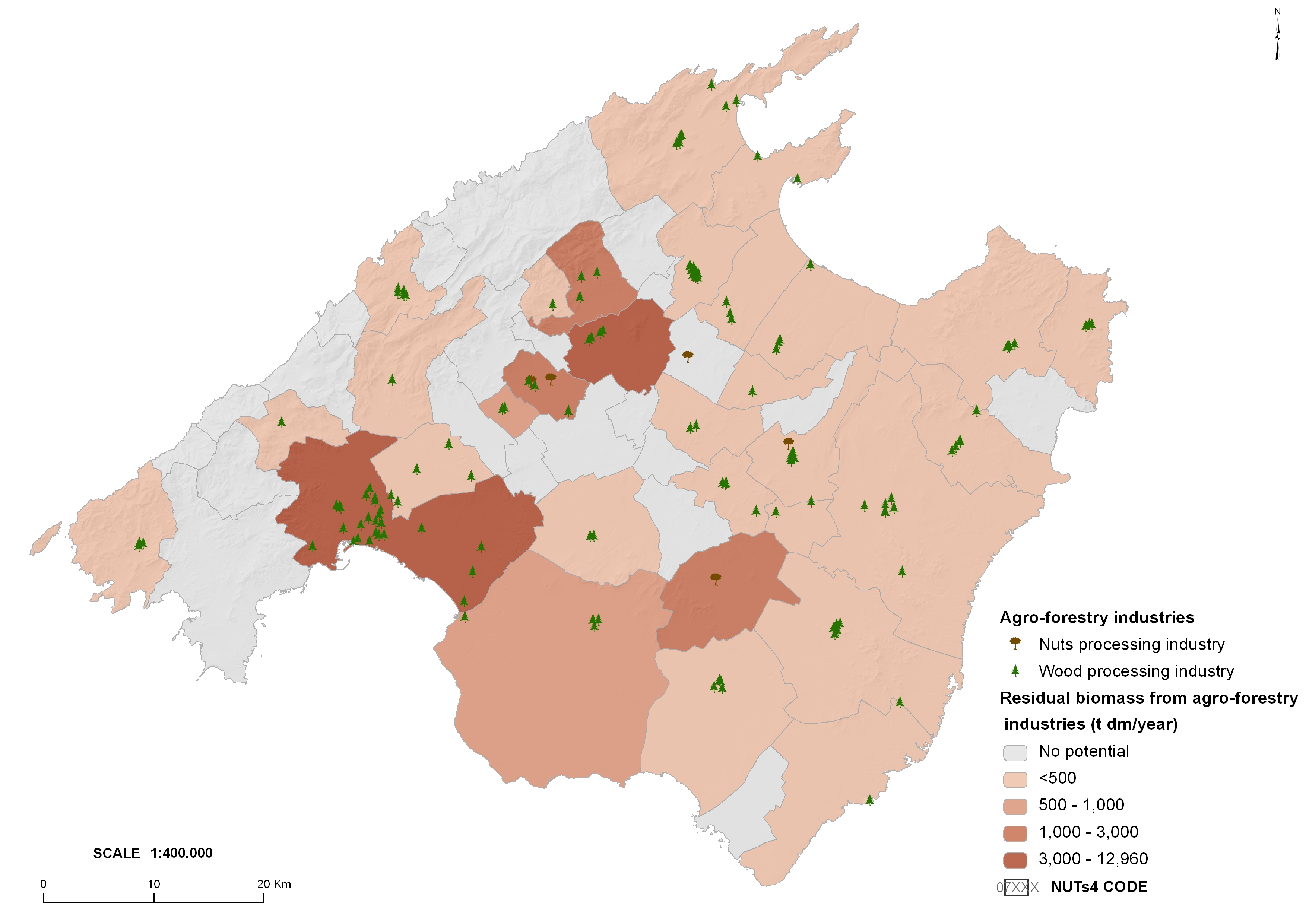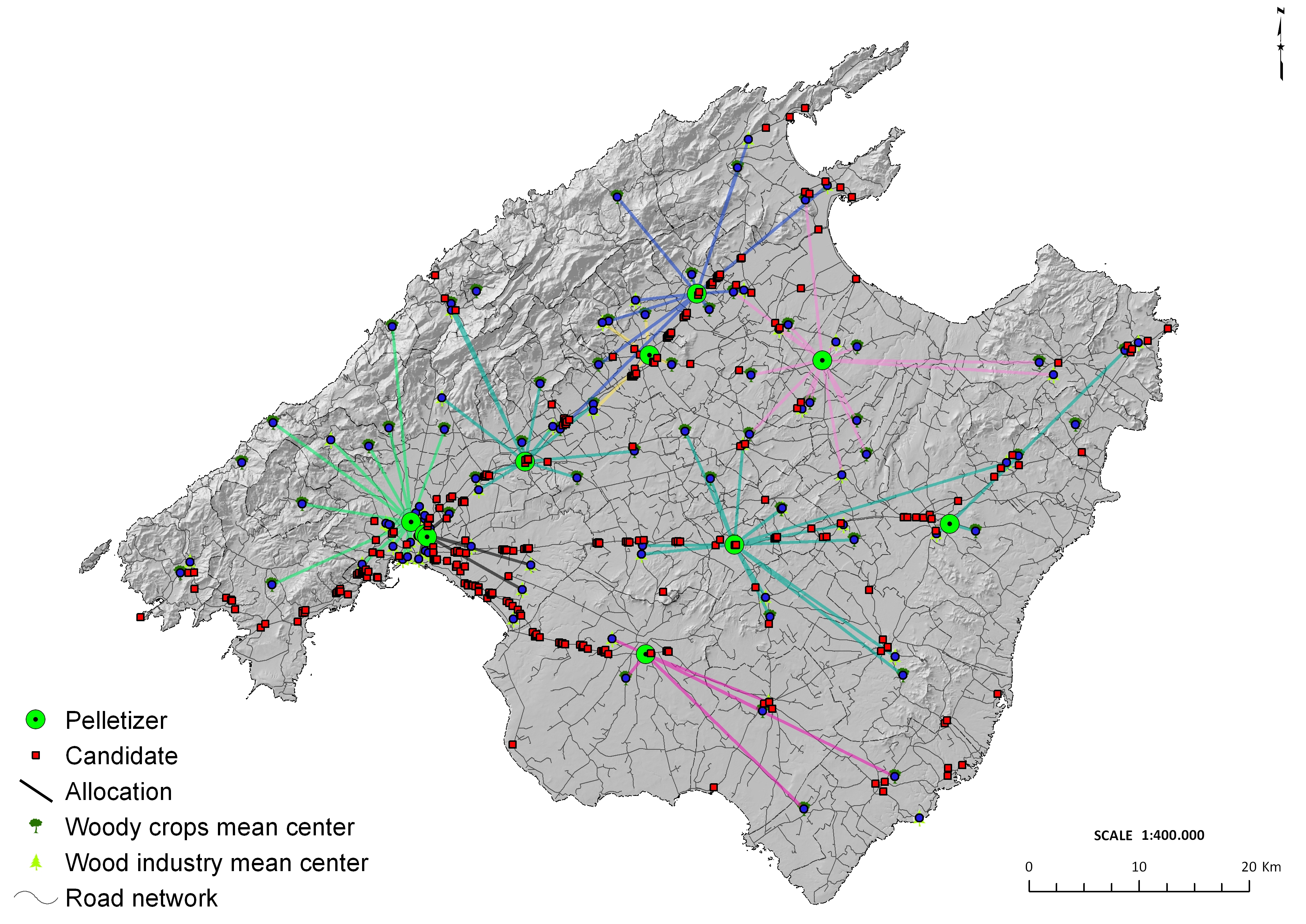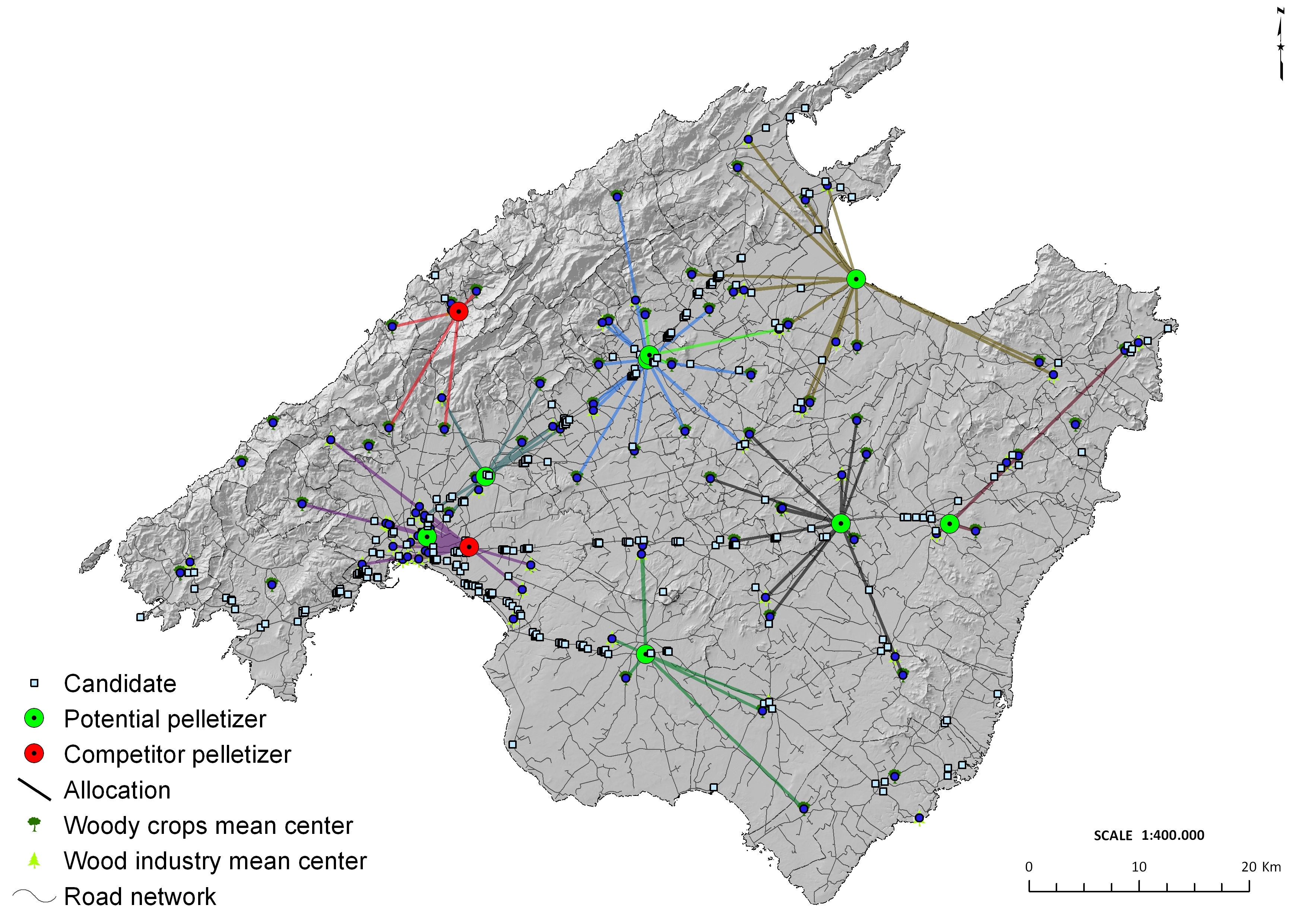The use of residual biomass for energy purposes is of great interest in isolated areas like Majorca for waste reduction, energy sufficiency and renewable energies development. In addition, densification processes lead to easy-to-automate solid biofuels which additionally have higher energy density. The present study aims at (i) the estimation of the potential of residual biomass from woody crops as well as from agri-food and wood industries in Majorca, and (ii) the analysis of the optimal location of potential pellet plants by means of a GIS approach (location-allocation analysis) and a cost evaluation of the pellets production chain. The residual biomass potential from woody crops in Majorca Island was estimated at 35,874 metric tons dry matter (t DM) per year, while the wood and agri-food industries produced annually 21,494 t DM and 2717 t DM, respectively. Thus, there would be enough resource available for the installation of 10 pellet plants of 6400 t·year−1 capacity. These plants were optimally located throughout the island of Mallorca with a maximum threshold distance of 28 km for biomass transport from the production points. Values found for the biomass cost at the pellet plant ranged between 57.1 €·t−1 and 63.4 €·t−1 for biomass transport distance of 10 and 28 km. The cost of pelleting amounted to 56.7 €·t−1; adding the concepts of business fee, pellet transport and profit margin (15%), the total cost of pelleting was estimated at 116.6 €·t−1. The present study provides a proposal for pellet production from residual woody biomass that would supply up to 2.8% of the primary energy consumed by the domestic and services sector in the Balearic Islands.
1.
Introduction
Gradual to catastrophic subsidence associated with karst sinkholes can result in loss of human life and property damage. Ground deformation associated with sinkholes frequently damages infrastructure such as homes, buildings, roadways and utilities. For example, the catastrophic-collapse sinkhole that developed in Nixa, Missouri, on August 13, 2006, swallowed a car, the garage it was parked in, and part of the adjoining house [1]. Sinkholes are also frequently associated with other hazardous processes and problems, such as the flooding of associated depressions by runoff and locally elevated water table levels [2], water leakage at dams and other hydraulic structures [3], and groundwater pollution [1,2,3]. Therefore, the investigation of the subsurface structure and developmental mechanisms of a sinkhole can enable assessors to predict the potential impact of a sinkhole and to develop applicable mitigation measures [4].
The imaging of the subsurface structure of a sinkhole using geophysical techniques is frequently cost-effective and relatively reliable because there is often significant contrast between the physical properties of sinkhole fill, which consists of water, air and/or soil, and the adjacent strata. Geophysical methods that are commonly used for sinkhole investigation include seismic refraction [5], gravimetry [6], ground-penetrating radar [7,8,9,10], electrical resistivity tomography [11,12,13,14,15,16,17,18,19], and multichannel analysis of surface waves [20,21]. Electrical resistivity tomography (ERT) is commonly used in the state of Missouri to investigate the shallow subsurface (depths < 60 m) in karst terrain because the subsurface karst features are generally characterized by high resistivity value contrasts [22].
The ERT tool can be used to generate 2D or 3D images depicting the distribution of electrical resistivity values in the subsurface. 2D ERT imaging has been proven to be a suitable technique to map and characterize sinkholes in karst terrain. However, in some situations, 2D ERT images are less accurate than desired because 2D ERT processing software cannot adequately compensate for the lateral variations in resistivity that occur outside of the vertical plane of the 2D ERT profile. True three-dimensional (3D) ERT resistivity data, which compensate for lateral resistivity changes that occur outside the vertical plane of the 2D traverses, can be acquired. This approach involves the placement of current electrodes on the nodes of a rectangular grid and the measuring of all the possible potentials. This approach is the most reliable, but it tends to be costly and time-consuming [23,24]. A cost-effective alternative to true 3D ERT imaging is the pseudo-3D ERT imaging technique. This involves the acquisition of parallel and/or orthogonal surface 2D ERT profiles and the processing of the same as though they were true 3D data [25,26]. This method has been studied in detail by many authors [27,28]. Their studies have demonstrated that 3D inversion of a relatively dense grid of 2D ERT data, while certainly a surrogate to a full 3D survey, in many cases is optimal given financial, instrumentation and logistic limitations. Therefore, use of the pseudo-3D resistivity imaging approach is currently widespread in geophysical practice [29,30,31,32].
Conventional 2D electrical resistivity tomography data were acquired along 16 parallel traverses spaced at 6.1 m (20 ft) intervals across a karst sinkhole site (Figure 1) in Greene County Missouri [4]. The interpretation of these 2D ERT data, constrained by visual inspection, core hole and surface wave control, demonstrate that 2D ERT data can be used to effectively image the subsurface structure of the sinkhole despite the limitation that 2D ERT processing cannot compensate for lateral changes in resistivity that occur outside of the vertical plane of the 2D ERT profile. The results of the 2D ERT investigation indicated the sinkhole developed along a linear, vertical, N-S oriented prominent solution-widened joint and other additional less prominent but seemingly linear low resistivity anomalies.
In an effort to better elucidate the subsurface structure of the sinkhole and the nature of the linear low resistivity anomalies, the ERT data set was reprocessed using the pseudo-3D ERT imaging technique. The interpretation of the pseudo-3D ERT data set enabled the researchers to more reliably characterize the 3D subsurface structure of the sinkhole and to better elucidate the formation and development mechanisms of the sinkhole.
2.
Geological and geomorphological setting
The study area is located in Greene County (southwestern Missouri) on the western side of the Ozark Uplift. The rock layers regionally dip gently towards the west with minor faulting and folding. Bedrock in the study area is the Mississippian age Burlington-Keokuk Limestone (Figure 1). This formation is characterized by layers of limestone interbedded with thin layers of chert and the presence of chert nodules within the limestone.
Uneven dissolution of the Burlington-Keokuk Limestone Formation has resulted in a highly irregular bedrock-overburden interface [33] characterized by the prominent bedrock knobs (pinnacles) bounded by deep troughs (grikes) (Figure 2). The thickness of overburden/residuum in Greene County study area varies from few millimeters to about 15 m.
According to Orndorff [34], the geological structures in southwestern Missouri appear to have controlled the development of karst. The faults in the study area are generally oriented northwest and northeast and the bedrock area is characterized by two nearly orthogonal joint sets that exhibit vertical dipping with general strike orientations of N 20°W and N 60°E [35].
3.
Methodology
In addition to the ERT data, multichannel analysis of surface waves (MASW) data were acquired. The 1D shear-wave velocity profiles generated for each MASW data set and core hole control were used to estimate depth to top-of-rock and to constrain the interpretation of the ERT images.
3.1. Electrical resistivity tomography data
Sixteen parallel west-east oriented 2D ERT profiles spaced at 6.1 m (20 ft) intervals were acquired across and in proximity to an existing active sinkhole (Figure 3).
The 2D ERT data were acquired using an AGI R-8 Supersting multi-channel resistivity system and a dipole-dipole array consisting of 168 electrodes. A dipole-dipole array was employed because it is generally considered to provide superior vertical and lateral resolution relative to other electrode arrays, particularly when imaging karst fractures and caves [2,11,36]. The electrodes were spaced at 1.5 m intervals with expectation the subsurface would be imaged to a depth of at least 30 m.
During data acquisition, current injection and voltage measurements were repeated twice until every electrode has served for current injection. The parameters used during the acquisition were 1000 mA with time of measurement of 1.2 s. The ERT field data were processed and both 2D and pseudo-3D images were generated. The ERT data were initially transformed into two-dimensional resistivity images with the use of Res2DInv software [37]. For the inversion, the L-1 norm (robust) constraint was applied to provide well-contrasted resistivity values. A maximum of 7 iterations was taken in order to achieve a good resolution and low RMS (<10%). Due to the topographic change in the field finite element scheme was employed to discretize the model. The grid is distorted base on the Schwarz-Christoffel transformation method to represent topography.
Pseudo-3D ERT images were generated using the 16 parallel ERT profiles spaced at 6.1 m, which is 4 times the electrode spacing. The maximum recommended spacing between profiles for a pseudo-3D survey for environmental and engineering investigations at high depth is 4 times the electrode spacing [28]. To generate the pseudo 3D ERT image, the 16 2D ERT data files were combined into a 3D ERT data file and inverted using the RES3DINV program [24]. 16 horizontal depth slices (labelled Layer-1 (L-1) to Layer-16 (L-16)) and 15 west-east oriented vertical sections (labelled: Section-1 (S-1) to Section-15 (S-15)) that show 2D ERT images were generated. Each of the west-east oriented vertical sections represents the average resistivity of a 6.1m (20 ft) wide zone. The alignments of the vertical sections is as follows: S-1 represents the average resistivity of the zone from 0 m to 6.1 m (20 ft); S-2 represents the average resistivity from 6.1 m (20 ft) to 12.2 m (40 ft); ….and; S-15 represents the average resistivity of the zone from 85.3 m (280 ft) to 91.4 m (300 ft) (Figure 3). The horizontal depth slices represent the resistivity of the subsurface from the near surface (Layer-1) to a depth of 29.7 m (Layer-16).
3.2. Multichannel analysis of surface waves
MASW data were acquired at nine locations (Figure 3) using Seistronix RAS-24, a 24-channel engineering seismograph coupled to 24 geophones of 4.5 Hz at 2.5 ft intervals, and 9 kg (20 lb) sledgehammer as energy source. Each MASW data set was transformed into a 1D shear-wave velocity profile using Surfseis3 software. The National Earthquake Hazard Reduction Program (NEHRP) site classification chart for different geological material, International Building code, 2000, provided a basis for the classification of subsurface materials based on their shear wave velocity values. In this research MASW is used mainly to determine depth to top of bedrock and to complement the interpretation of ERT profiles.
3.3. Core hole data
One core hole in close proximity to the sinkhole, CH-1 in Figure 3, was drilled to facilitate the correlation of the MASW data and ERT profiles to the actual subsurface geology. The drilling was advanced to the bedrock surface using 21.6 cm (8.5 inch) O.D. hollow-stem augers and bedrock was cored using HQ core barrels.
4.
Interpretation of MASW data
The interpretation of the MASW data is consistent with NEHRP site classification chart and core hole ground truth. A shear wave velocity of less than 366 m/s (1200 feet/sec) is typically interpreted as the shear wave velocity of soil. A shear-wave velocity greater than 366 m/s (1200 feet/sec) is interpreted as rock and this is consistent with the ranges of shear wave velocity values given by other researchers [14,38]. Examples of 1-D shear wave velocity profiles from MASW 5 & 7 are presented in Figure 4.
5.
Interpretation of pseudo-3D ERT data
5.1. Depth to top-of-rock
The interpretation of the pseudo-3D ERT data was constrained by core hole data, MASW data and visual field inspection. Moist clayey soils in Missouri are typically characterized by resistivity of less than 45 Ω‐m; drier, typically near-surface soils can be characterized by higher resistivity. Relatively dry, highly to moderately weathered carbonate rock is typically characterized by resistivity values ranging from 125 Ω‐m to 600 Ω‐m; higher water content and/or the presence of piped clay can significantly reduce the bulk resistivity of fractured carbonate rock. Air-filled voids are typically characterized by very high resistivity values. The resistivity signature of a void on ERT data dependents on the conductivity of the surrounding material and depth/size/shape of the void. Figures 5 and 6 are two (S-2 and S-13) of the fifteen ERT sections, derived from the pseudo-3D ERT image, that show how consistent the correlation is with core hole and MASW data. From the core hole and the MASW data, the depth to top of rock corresponds to the resistivity contour value of 125 Ω‐m outlined in black color in the ERT profiles in Figures 5a and 6a. The low resistivity zones, zone-1 (Figure 5a) and zone-2 (Figure 6a) in the ERT profiles are interpreted as fractured zones with higher water and/or piped clay content. A summary of the correlation results of Figures 5 and 6 is presented in Table 1.
5.2. Pseudo-3D ERT depth slices
A sequence of 16 horizontal ERT depth slices (layer-1 to layer-16) which cover a total depth of 29.7 m are extracted from the 3D ERT image and presented in Figure 7a, b. The upper four depth slices (depth range from 0.0 m to 2.66 m) indicate that the subsurface material in this depth range has mainly low resistivity values (<600 Ω-m) except for some scattered zones of higher resistivity (>600 Ω-m). The slices from layer-7 (4.67–5.9 m) to layer-16 (25.4–29.7 m) show mainly higher resistivity (>600 Ω-m) zones (rock) and some linear low resistivity anomalies which are most likely moist clay-rich vertical joint sets.
Depth slices from layer-5 to layer-12 depict two linear prominently low resistivity anomalies trending N 60°E and W-E (Figure 7a, b, Figure 8). Depth slices from layer-12 to layer-16 also show two prominently low resistivity anomalies oriented N 60°E and S-N (Figure 7a, b, Figure 9), but the W-E oriented anomaly observed in layer-5 to layer-12 is less visible in the deeper slices, layer-12 to layer-16. The visibility of the linear low resistivity anomalies varies both laterally and vertically. For instance, the W-E oriented anomaly is not clearly visible on the deepest slices (layer 12 to layer 16), and the S-N oriented linear anomaly is more visible with depth. The most plausible explanation is that joint width and/or the volume of moisture and piped clay varies.
Based on the interpretation of the horizontal ERT depth slices (Figure 7a), three solution-widened joint sets (Figure 7b) have been identified. These three joints sets are labeled as follows: N 60°E trending joint set (JS-1), E-W trending joint set (JS-2), and N-S trending joint set (JS-3) (Figure 7b). Furthermore, an overlay of the surface expression of the sinkhole and the 3D ERT depth slices (Figure 7b) shows that the sinkhole developed at the intersection of the three imaged joint sets.
As can be seen in both the 2D ERT profile in Figure 10a and the horizontal ERT depth slices, layer-11 to layer-16, in Figure 10b, the low resistivity anomalies representing the joint sets often tend to be wider and have much lower resistivity with depth (at least to a depth of 30 m). This typical characteristic is most likely due to one or combination of the following phenomena; (1) higher moisture concentrations at depth, (2) the widening of vertical seepage pathways through fractured rocks, and (3) more extensive solution-widening of fractures at depth and increased concentrations of piped clay.
6.
3D-Model of sinkhole formation and development process
Prominent joint sets frequently have surface expressions characterized by elongated depressions which are preferential pathways for surface water flow. This implies that the intersection of the three joint sets is likely a point where water ponded and then infiltrated to the subsurface. Therefore, from the pseudo-3D ERT investigation results and other related studies in the region [4,22], a 3D model depicting the formation and development process of the sinkhole is developed (Figure 11). The formation and development of the sinkhole involved the following stages of processes: (ⅰ) the higher susceptibility for weathering and erosion along solution-widened joint sets resulted in the development of elongated depressions and saddles as a surface expression of the joint sets which in turn makes the joint sets a preferential pathway for surface water flow, (ⅱ) ponding of water at the intersection of the three joint sets and followed by a subsequent infiltration and percolation of water, (ⅲ) piping of clay/fine-grained soils and associated subsidence and minor collapse of residual soils. A previous study [4] has indicated that the sinkhole is a subsidence sinkhole that developed overtime gradually. The soil piping and associated subsidence is a slow and gradual process that continues unless the source of water draining to the sinkhole is retained or blocked. Thus, this kind of sinkhole development can be mitigated using appropriate engineering technologies if the source of piping waters is shut-off.
7.
Conclusions
The pseudo-3D ERT method was used to image the subsurface structure of an active sinkhole in Greene County Missouri. A set of 16 west-east oriented 2D ERT profiles were acquired as an input for the pseudo-3D ERT inversion.
The results from the pseudo-3D ERT inversion showed more reliable images of the subsurface structure of the sinkhole than the 2D ERT images. Based on the interpretation of the 3D ERT data, it is concluded that the sinkhole developed at the intersection of three vertical solution-widened joint sets.
The interpreted increase in clay and moisture content with depth (at least to a depth of 30 m) along the linear joint sets implies increased joint width, increased moisture content and/or increased clay content. This conclusion is in agreement with the previous study [4] which stated, the surface sinkhole formed mainly due to soil piping process which resulted in gradual ground subsidence and some associated soil collapse. The soil piping and associated subsidence is a slow and gradual process that continues unless the source of water draining to the sinkhole is retained or blocked. Thus, this kind of sinkhole development can be mitigated or halted using appropriate engineering technologies if the source of piping waters is curtailed.
Conflicts of interest
The authors declare no conflict of interest.
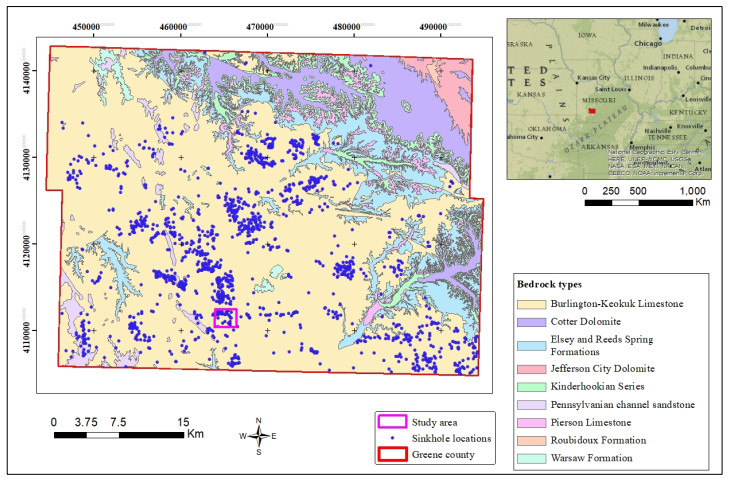









 DownLoad:
DownLoad:
